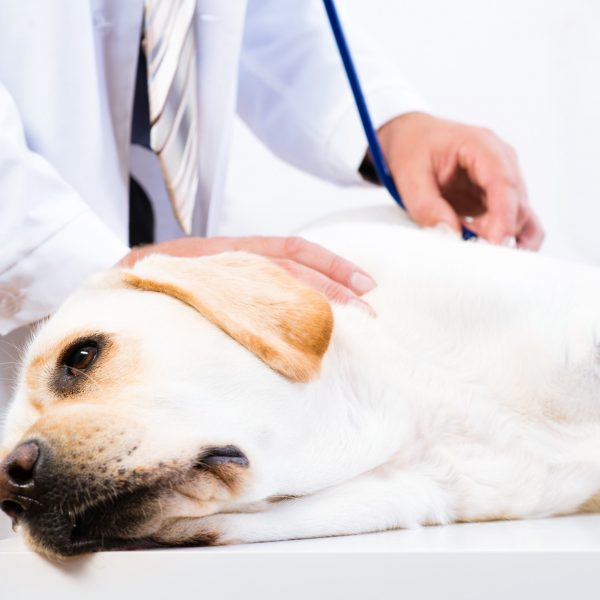What You Need to Know About Dog Flu
 What is Dog Flu?
What is Dog Flu?
The dog flu, or canine influenza, consists of two strains. The first is called H3N8 and the second is H3N2; the latter being the more dangerous. H3N8 originated as early as 1984 and underwent significant adaptation as it jumped from horses to dogs. Reports from North Korea and Canada state that H3N2 is a brand new strain that likely evolved from the avian flu, and is highly infectious to both dogs and cats.
What are the Symptoms of Canine Influenza?
Canine influenza often appears as more than just your pup looking under the weather. They often display symptoms like coughing and lethargy, which are easy to identify at home. Symptoms can also overlap with upper respiratory infections in dogs.
They’ll often expel mucus and lose interest in food. Loss of appetite is usually the biggest sign of duress that pet parents notice and is one of the symptoms you should never ignore in your dog. A symptom that is a little more difficult to detect is a dog’s fever, which can be confirmed at the vet.
What Should I Do if My Dog Shows Signs of Dog Flu?
If you suspect that your dog may have canine influenza, take him to the vet immediately. If you need to wait until morning, start your pup on fluids. Make sure he’s comfortable, but then isolate him. Make sure all your other pets are at a safe distance from him or anything he touches. You can sit with him, of course, since the dog flu isn’t communicable to humans.
Make sure your pup gets plenty of rest until he sees the vet. After a vet visit, do everything as directed – including giving him antibiotics for opportunistic infections. If all goes well, your dog should be feeling much better in two weeks or so.
How Can I Protect My Dog From Dog Flu?
Canine influenza is incredibly infectious; so much so that almost all dogs who are exposed will contract the dog flu. That’s why it’s so important to keep up with dog flu vaccinations. Having immunity to the dog flu will greatly reduce a dog’s chances of catching it. If unvaccinated, however, most dogs will develop external symptoms, while others will remain carriers. Since the virus can survive for two days on surfaces and on hands for 24 hours, transmission is difficult to control.
Avoiding kennels, avoiding drinking from shared dog bowls, and avoiding public spaces will improve the chances of your dog remaining clear of canine influenza. If doing so is impossible, however, make sure to attend places with rigorous cleaning regiments. Disinfectants are effective against the dog flu, so as long as everyone watches their cleaning and hand washing routines, your pup should stay healthy.
